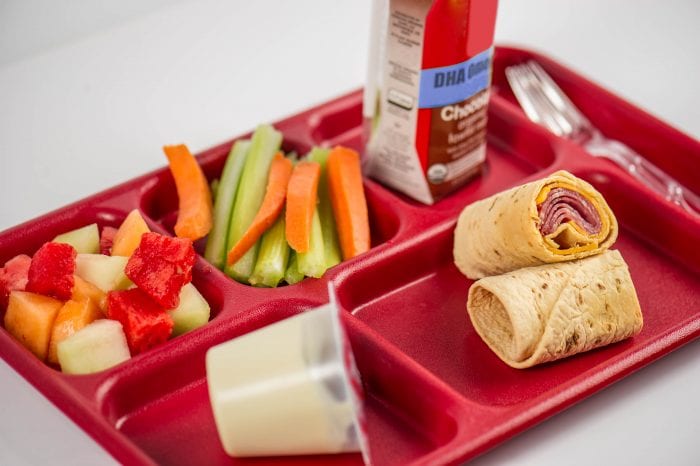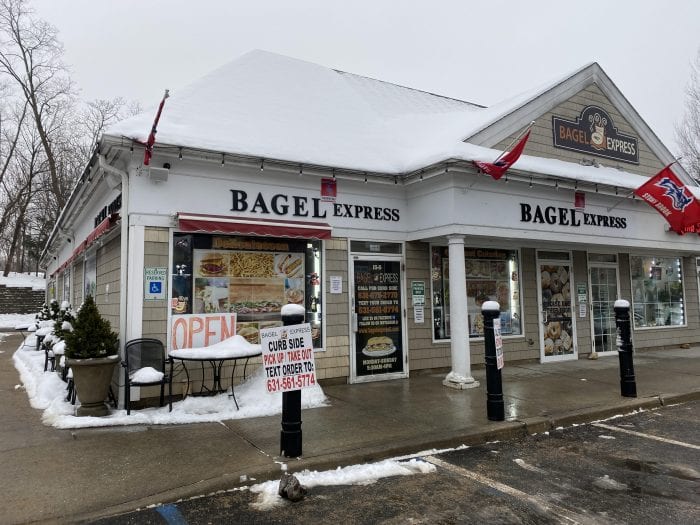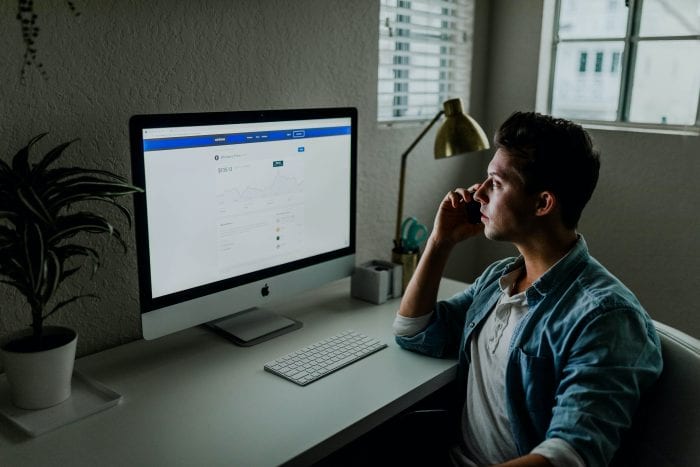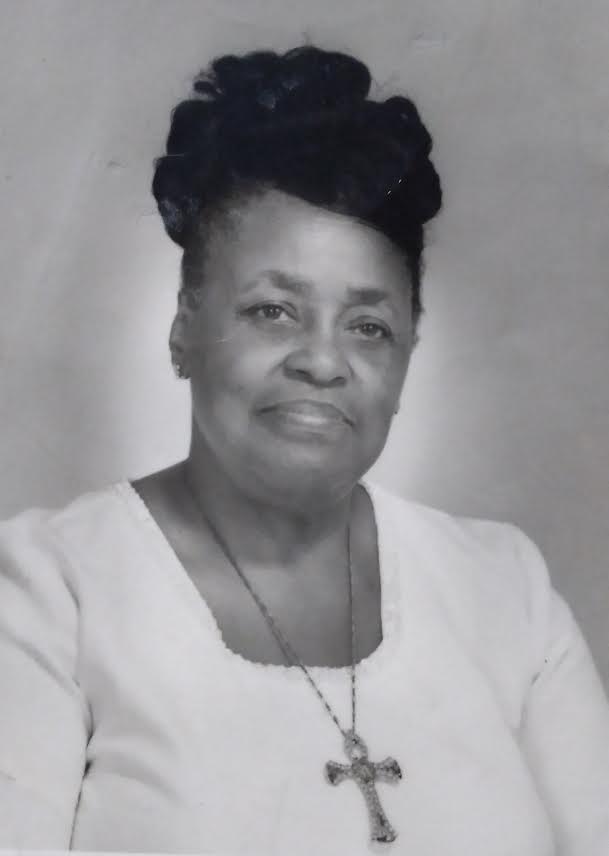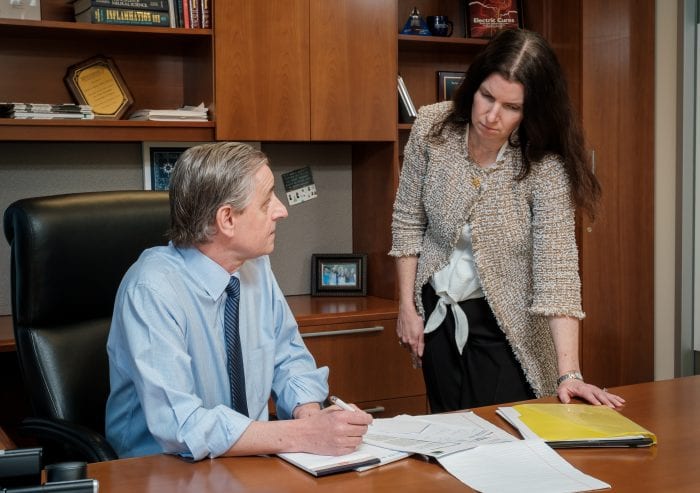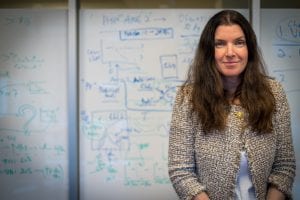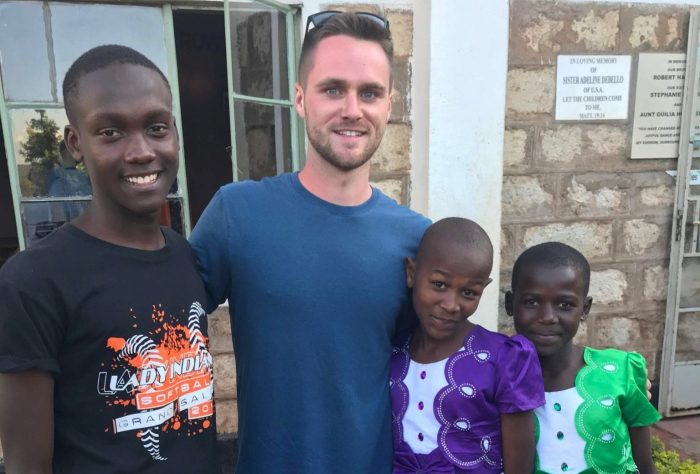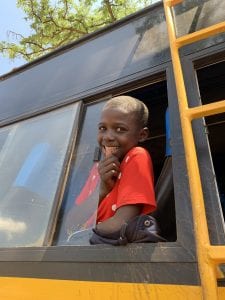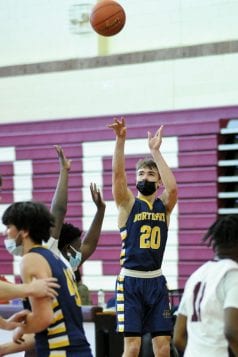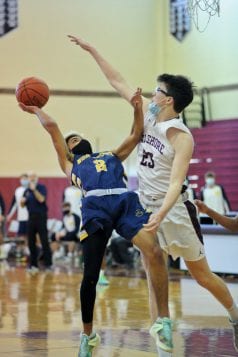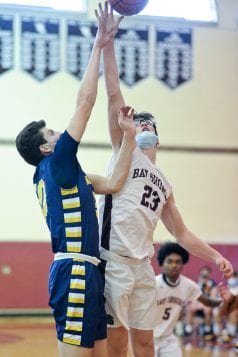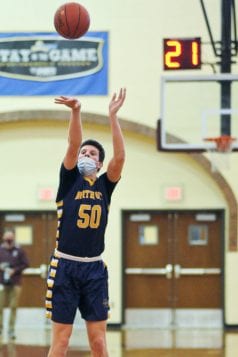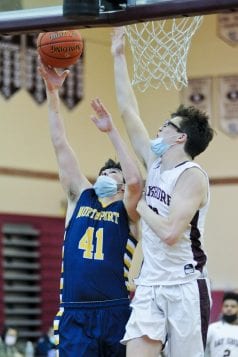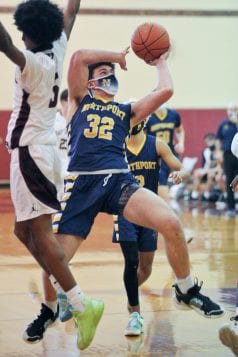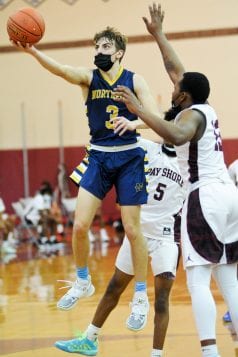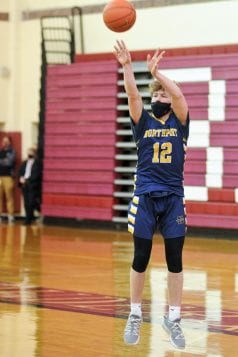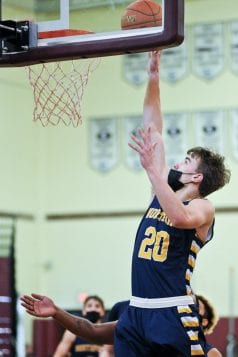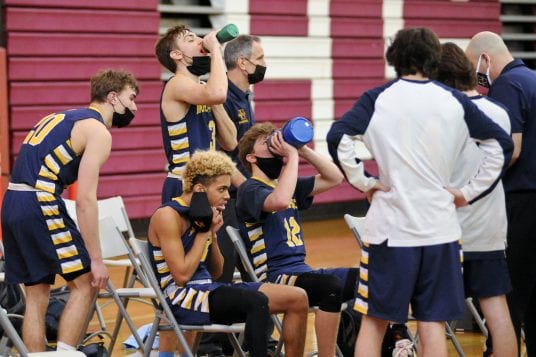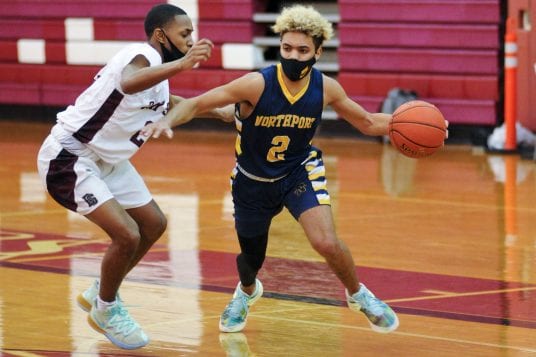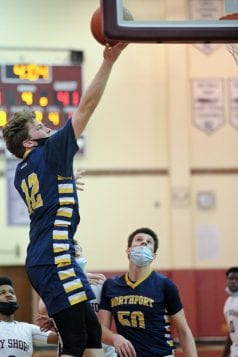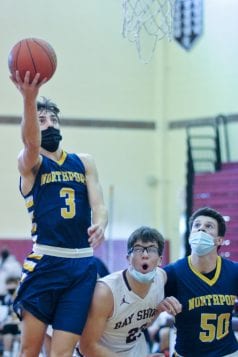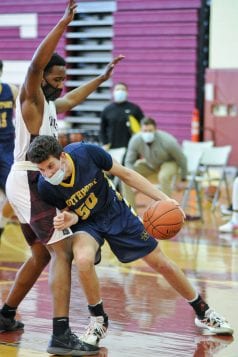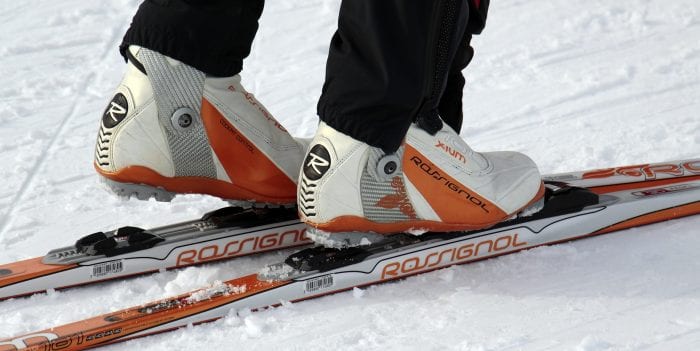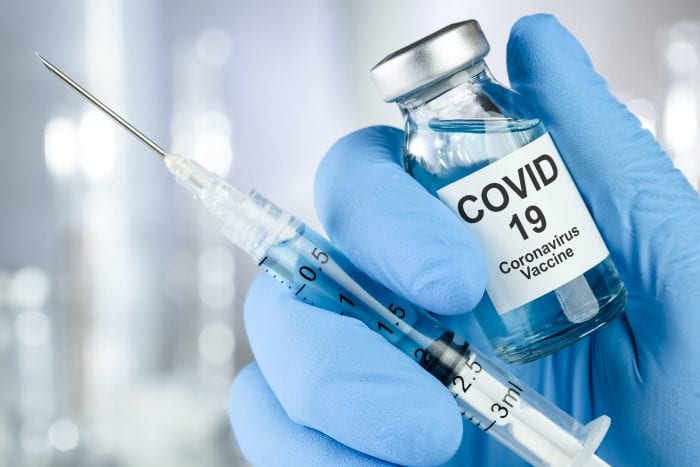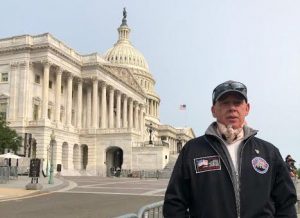School districts across Long Island have been offering free meals to children throughout the COVID-19 pandemic, and the policy from the U.S. Department of Agriculture has extended the program to the end of the school year.
Over the summer, at the height of the pandemic, the USDA allowed school districts to apply for free meals for all students. Usually, districts only provide free breakfasts and lunches to students who qualify for free or reduced lunch.
But the coronavirus prompted the federal government to create child nutrition waivers based upon available funding at the time to end in June, then December and now throughout the 2020-21 school year.
And it’s benefiting hundreds of students, local school representatives said.
Mara Pugh, Elwood school district food services director, said when the pandemic started in March, USDA Secretary Sonny Perdue gave schools the flexibility and waivers to be able to serve lunches to everyone in the community who were learning from home.
“Back then, we had a grab and go for any family,” she said. “No matter what the financial eligibility was, they would get a free lunch.”
Before the pandemic, families who were struggling or below the middle-class line were able to enroll their children in the free or reduced-lunch programs. The pandemic, however, affected everyone, and some students who came from middle-income households were now struggling.
When the waiver was passed again at the end of the 2020, Pugh said it was “a relief.”
“It definitely will help to ensure all the children in our district and community have access to the nutritious foods they need,” she said.
Whether the student is remote learning or in-person, everyone is eligible if they so choose, no questions asked.
“We have around 2,500 kids in our district,” she said, “And about 30% to 40% of them are taking advantage of it.”
Remote families are able to pick up their meals at the school, where the district packages meals for two or three days at a time, she said.
“There’s no enrollment needed,” she added. “With these times, people who were well-off last year may not be well-off this year.”
In a release last year, USDA stated that the challenges facing the country called for an effective way to feed children. The waiver allowed changes, like serving meals in all areas at no cost, permitting meals to be served outside of the typically required group settings and mealtimes, waive meal pattern requirements and allow parents or guardians to pick up meals for their children.
“As our nation recovers and reopens, we want to ensure that children continue to receive the nutritious breakfasts and lunches they count on during the school year wherever they are, and however they are learning,” Perdue said. “We are grateful for the heroic efforts by our school food service professionals who are consistently serving healthy meals to kids during these trying times, and we know they need maximum flexibility right now.”
Three Village school district also has taken advantage of the waiver. Jeffrey Carlson, deputy superintendent for business services, said that he thought it was “a great idea.”
“I’ve felt for a long time that school lunches should be free for all schools,” he said. “Either the district pays for it or the federal government pays.”
Carlson said the free lunches also have gotten better than when parents were in school.
“It used to be a lot more obvious as to which kids were getting free lunch and then the stigma comes along with it,” he said. “So, if every kid just got lunch in school then we wouldn’t have to worry about that anymore.”
While there are still snacks and extras that must be bought à la carte, he said that daily participation in the program has increased.
“I think it’ll go up even more after COVID,” he said. “People will be more comfortable with food being prepared for their children again.”
Beth Rella, assistant superintendent for business at Middle Country school district, said they are “thrilled” to be able to offer the program to all of their students — whether they attend in-person, virtual or hybrid classes.
“Although we began the year starting a little lighter than typical, which was anticipated due to COVID, we have noticed an increase in the number of meals served daily as the school year has progressed,” she said. “We see more and more students enjoying tasty breakfasts and lunches each day. We hope that students, who may have not tried out the food services program previously, use this as an opportunity to taste the various menu items.”
Carlson said that when USDA extended the program, there wasn’t a big announcement about it. Rella added that her district has “utilized ConnectEd messages, board of education meetings, printed flyers, the website and have even encouraged faculty and staff to spread the word about the program.”
Middle Country students even had the opportunity to design and compete in a “Free Meals for All” poster contest, where the winning poster was used as a promotional display.
Smithtown school district publicized the program via email to parents. Superintendent Mark Secaur wrote back in September, “The USDA recently announced that all school districts participating in the National School Lunch Program could temporarily serve free lunch to all students until Dec. 31, 2020. We have now also received approval from NYSED to participate in the free lunch offering.”
Memos were sent out to residents within the Port Jefferson School District, too, and Deputy Superintendent Sean Leister said that while “around 10% or 15% of students are remote, this brings a level of normalcy to them.”
Leister added his district has also seen an increase in families participating.
“There’s always a gap of people who don’t feel comfortable with signing up for the reduced lunch program,” he said. “But the federal government, state and Port Jefferson School District all realize that not having a meal is important to keeping students engaged and attentive — and no one will know they got it for free.”
Rella said Middle Country offers a week’s worth of frozen meals so students can continue to enjoy hot meals during their time off.
“Having the USDA free meals for all program has not only allowed more students to participate in the program, it has helped to lessen the financial burden that was produced,” Rella said.

